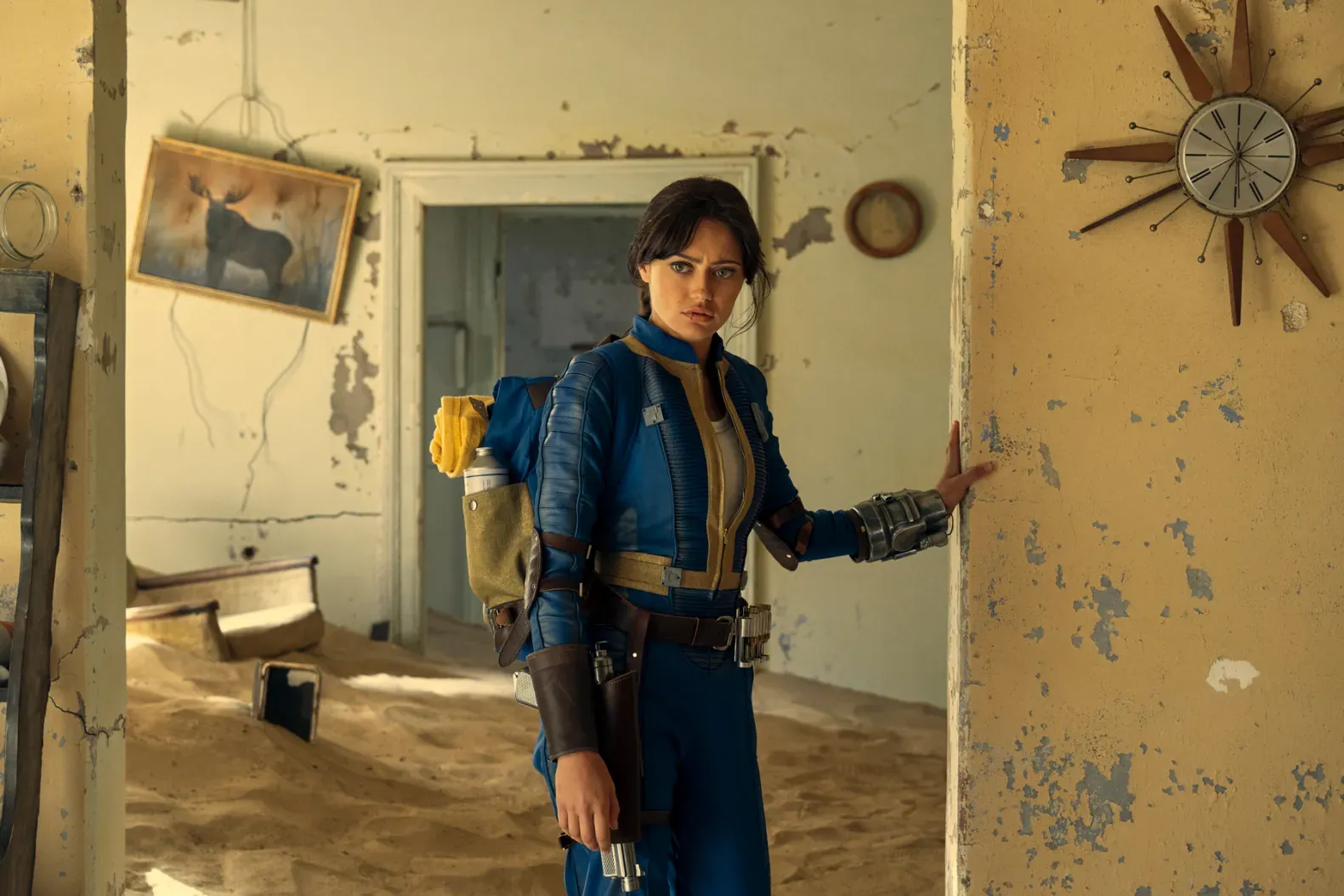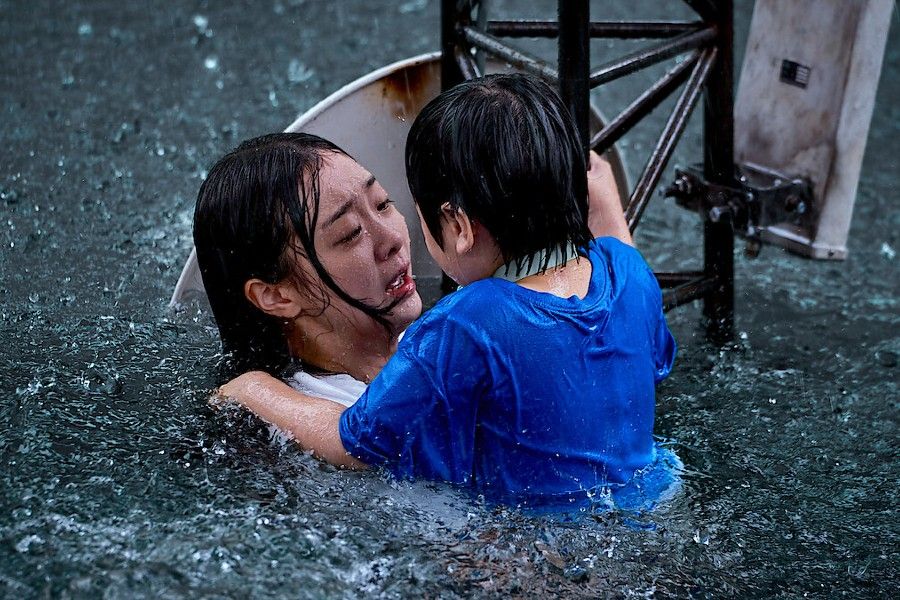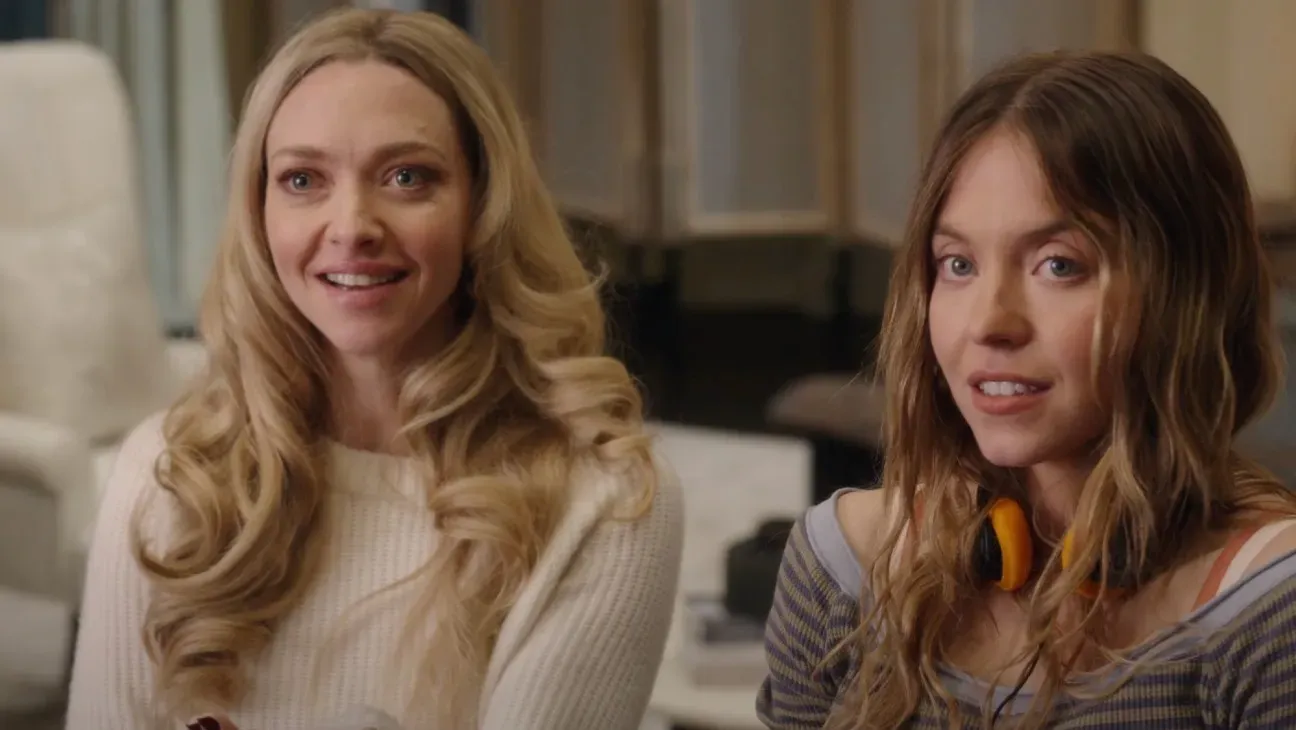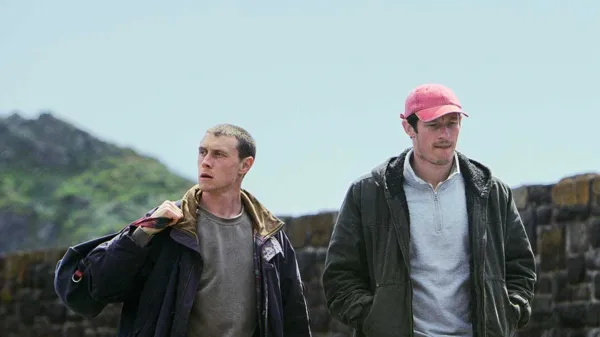
"Rose of Nevada": A Testament to Mark Jenkins' Unique Filmmaking Style
- Sep 11, 2025
Six years and two features after his 2019 debut movie - "Bait," a black and white, micro-budgeted film about a Cornish coastal community resisting gentrification, Mark Jenkins has come up with "Rose of Nevada." Unlike what might have been expected of him, it is a fantastical horror movie featuring renowned actors. As a filmmaker emerging in a commercial-centric industry, Jenkins continues to reject conformity, maintaining the integrity of his original filmmaking approach.
After exploring genre storytelling in the relatively less original 2022 film “Enys Men,” Jenkins has brilliantly fused the uncanny and the real in the "Rose of Nevada." His focus remains on unraveling the overlooked aspects of working-class England while adhering to the raw aesthetics of British screen realism. The leading men, George MacKay and Callum Turner, along with a few returning actors from "Bait," have imbibed the spirit of Jenkins' vision, ensuring a broader viewership for "Rose of Nevada" compared to his previous films.
Set in an unnamed, worn-out fishing village, the film opens with a close-up view of corroded and tangible elements, welcoming fans back into Jenkins’ world. The film's story revolves around a lost-and-found boat, named "Rose of Nevada," seen as a sign of revived prosperity for the economically distressed village. MacKay, Turner, and veteran fisherman Murgey (Francis Magee) take the boat out to sea in a quest to restore the village to its bygone glory.
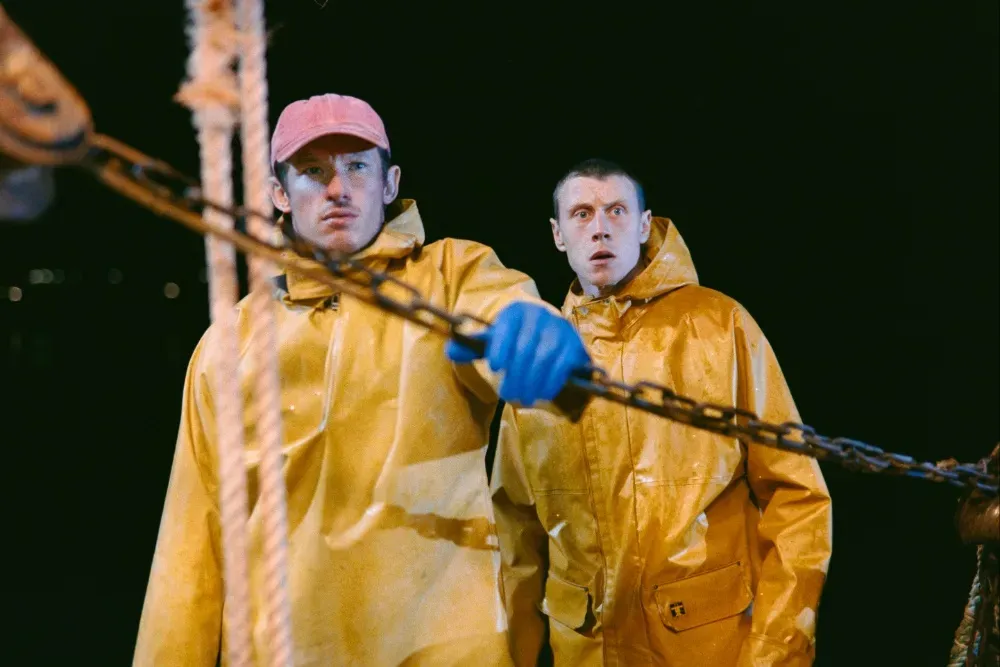
For the unprepared, the film takes a sudden turn to a lo-fi time travel journey, exploring subtle shifts in periods and moods. The village remains largely unchanged across the decades, but transformations in lifestyle and communal spirit are prominently felt. This narrative sway aligns perfectly with Jenkins' filmmaking, bound between the 60s and the 2020s. The story, like Jenkins' script, is concise yet captures an accurate tension between the principal characters, with one longing for the present and the other adapting effortlessly to the past.
The film primarily offers formal pleasures. Be it Jenkins' 16mm lens capturing detailed still-life compositions and vivid primary hues, or the post-produced, clinking, clanking soundscape that immerses viewers in the terrifying noise of a potentially sinking ship. Regardless of the time or place the "Rose of Nevada" sails to, viewers remain happily engaged.




